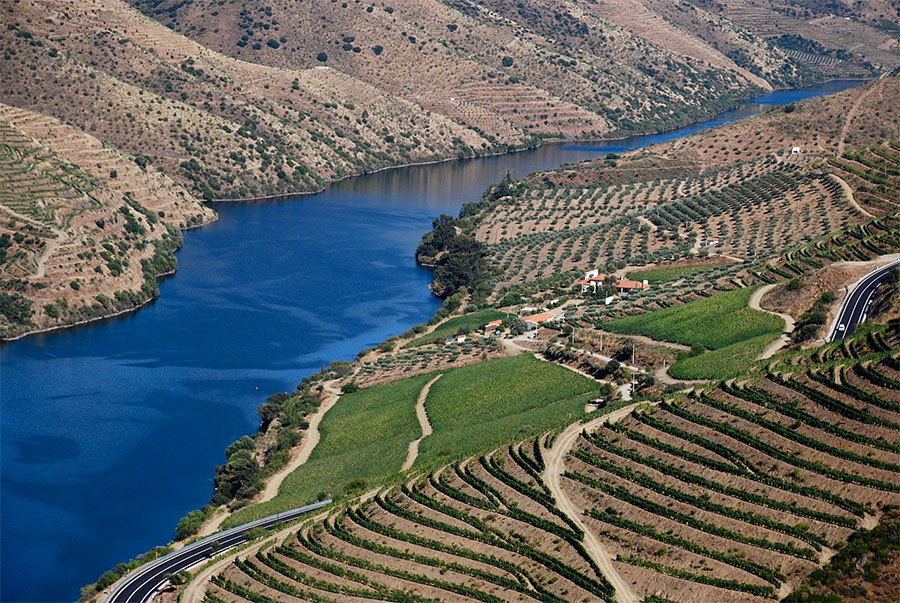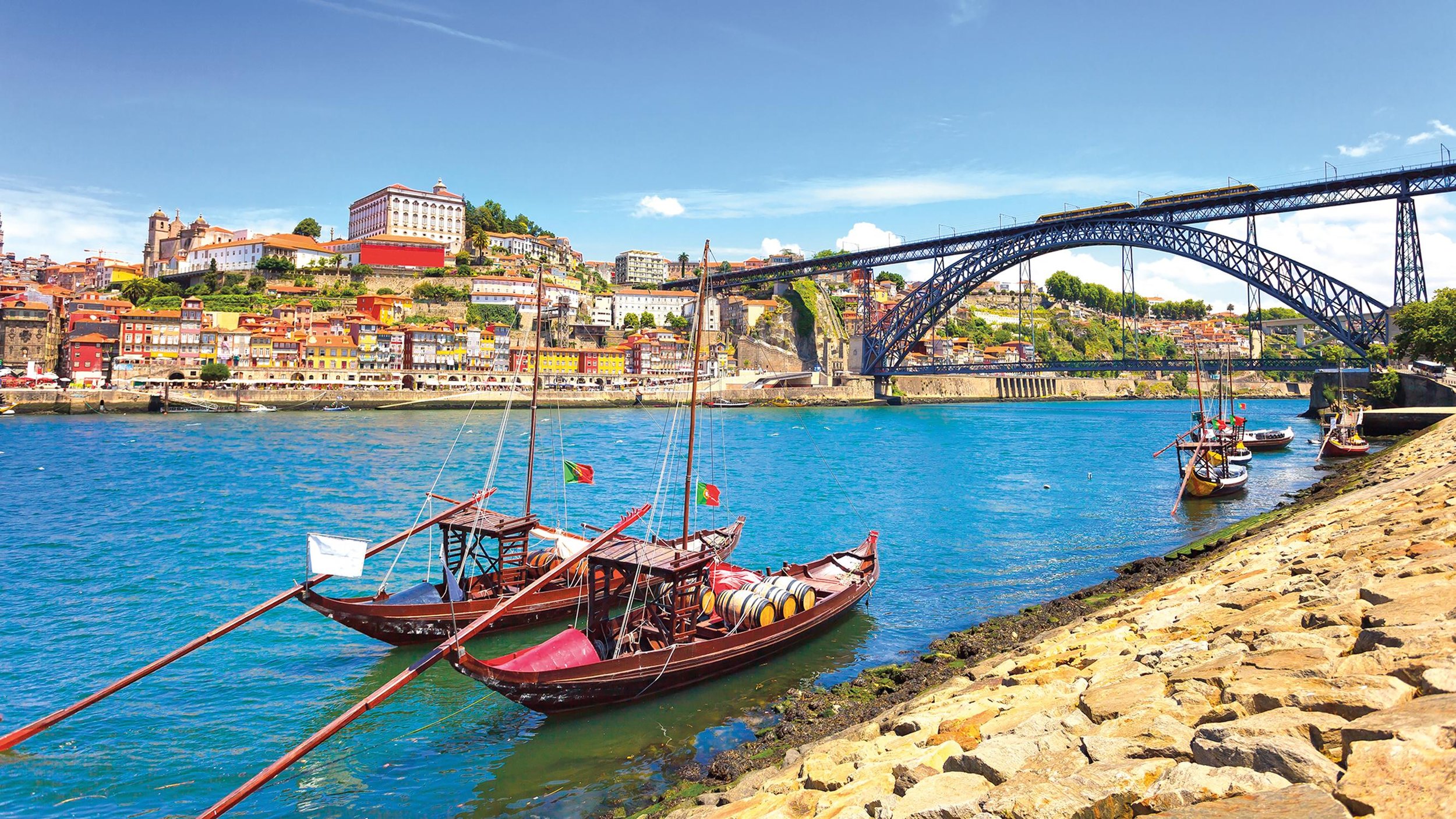Gateway
Douro, Portugal
About Gateway
Sustainably Farmed
The history of Portuguese wine is largely influenced by the close relationship with the British and the Portuguese voyages of discovery from the 15th century, both contributed greatly to the spread of Portuguese wines outside Portugal. Wine has been made in Portugal and Spain since 2000 B.C., 1000 B.C. the Phoenicians brought with them new varieties and winemaking techniques. Until then, viticulture was limited to the Southern part of the country. Later on the Greeks, Celts and Romans extended viticulture and winemaking further north. From the 12th century Portugal exports wines from the Minho region (north) to England where they are greatly appreciated. Whenever England, an ally of Portugal, was at war with France it turned to Portugal for its wine supply. Mostly light, high in acid red wines were exported to England from the port of Viana do Castelo (Porto harbor), the Vinho Verde country of today. A major export and production boost followed with the Voyages of Discovery in the 15th and 16th centuries where vessels would travel filled with wine, which was a mean to fight scurvy, but also used as a commodity across the world. Mainland Portugal as well as wines from Madeira and the Azores were exported.
With the Anglo-Portuguese treaty of 1703, trade between these two countries developed further favoring the import of Portuguese wines with lowered import duties and the exchange of English cloths for wine. Meanwhile foreign wine merchants, especially English, established themselves in Portugal in search of richer red wines and started sourcing wines from the Douro area. At the time England was at war with France and preferred French wines to Portuguese wines. Merchants established themselves in Portugal to source wines more in line with the English palate. In the Douro climate is warmer than in the north or around Lisbon, hence the choice for the Douro region. Wine fortification was taken from Madeira where it was already practiced. The rich but rustic Douro wines of the time were fortified with brandy which kept them stable and enhanced flavors; this is how Port was born. Yet it is only during the second half of the 18th century that Port found its own refined character, prior to that Port was a different product altogether.
The demand for Port soared and was such that Douro wines were ‘stretched’ with Vinho Verde or wines from Barraida. Also various creative methods were used to cover up mediocrity; blending Douro base wine with Spanish wines, using elderberry juice to add color, various spices such as black pepper, cinnamon and ginger were added to give additional flavors, etc. In contrast wines from Lisbon were highly prized compared to Port. The British ruled the Portuguese wine market, especially Port, and malpractice was widespread in favor of quantity and profits over quality. As a result of declining quality levels exports plummeted. It is in the mid-18th century that Portuguese wines began to be mapped and regulated to remedy the bad reputation that was built up from the poor quality Port wines produced. New laws identified specific vineyards for the production of Port, many vineyards growing on unsuitable sites were uprooted, elderberry trees pulled out and a strict sets of rigorous rules put together. In 1756 the Marquis de Pombal founded the Douro Wine Company to regulate Port trade. The Douro became the only region where Port could be produced from, labeled as such and sold from. This made the Douro one of the world’s oldest established appellations. The aim of the Douro Wine Company was to control the production of Port through each stage; from viticulture, winemaking, aging and finally shipping.


